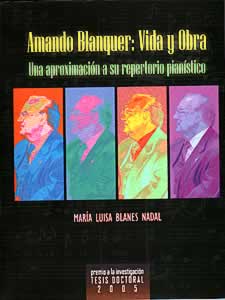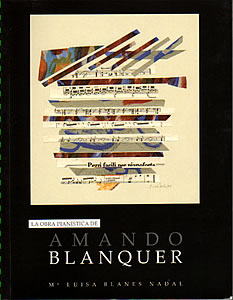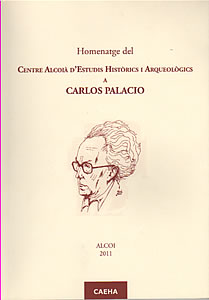The XX century Spanish piano
The Iberia Suite with which Isaac Albéniz stunned the world at the beginning of the twentieth century meant Spain’sdefinitive aesthetic inclusion in Europe. At almost the same time, Manuel de Falla composed his 4 piezas españolasand, since then, Spanish piano creativity underwent an unprecedented development throughout the twentieth century. The country’s piano repertoire, articulated during the course of the century is as extensive as it is intense.
Marisa Blanes offers an overview of Spanish pianistic creation during that time in two clearly differentiated parts, from thebeginning of the century until 1950 and from that year until the century’s end, establishing not just chronological but alsoaesthetic and stylistic differences.
The twentieth century Spanish piano – PROGRAMME I. 1900-1950
ISAAC ALBÉNIZ (1860-1909)
Evocación (Suite Iberia) (1905)
MANUEL DE FALLA (1876-1946)
Cuatro piezas españolas (1906-1909)
Aragonesa – Cubana – Montañesa – Andaluza
JULIÁN BAUTISTA (1901-1961)
Colores (1922)
Blanco – Violeta – Negro
Amarillo – Azul – Rojo
FEDERICO MOMPOU (1983-1987)
Diálogos (1923)
Plaintif – Moderé
OSCAR ESPLÁ (1886-1976)
Cantos de antaño (1930)
Danse – Berceuse – Tarana
ERNESTO HALFFTER (1905-1989)
Espagnolade (1937)
JOAQUÍN RODRIGO (1901-1999)
À l’ombre de Torre Bermeja (1945)
XAVIER MONTSLVATGE (1912-2002)
Divagación (1950)
The twentieth century Spanish piano – PROGRAMA II. 1950-2000
ANTÓN GARCÍA ABRIL (1933)
Sonatina (1954)
AMANDO BLANQUER (1935-2005)
Variaciones para piano (1963)
CARMELO A. BERNAOLA (1929-2002)
Morfología sonora (1967)
BENET CASABLANCAS (1956)
2 Pieces per a piano (1978)
TOMÁS MARCO (1942)
Soleá (1982)
CRISTÓBAL HALFFTER (1930)
El ser humano muere solo cuando le olvidan (1987/93)
MAURICIO SOTELO (1961)
Cadencia (1994)
CLAUDIO PRIETO (1934)
Meditación (1995)
JOSÉ MARÍA SÁNCHEZ VERDÚ (1968)
Como un soplo de luz y calor (1999)
JOSÉ EVANGELISTA (1943)
Nuevas monodias españolas (2000)



